
Certain animals are as important to the ecosystem as bees are because they break down minerals in the organic dead matter. They then put them back into the food chain with no waste of materials or energy. Earthworms are the number one animal that comes to mind along with bacteria and fungi, but there are several others, and they don’t all aid decomposition the same way. Here are the 9 animals that are types of decomposers.
Decomposers vs. Detritivores
There is a difference between a decomposer and a detritivore. A decomposer is an animal that can break down dead matter, while a detritivore is an invertebrate decomposer such as millipedes, termites, and earthworms. The name “detritivore” means an eater of detritus, which is dead matter. Millipedes, termites, and earthworms, are animals that are classified as both decomposers and detritivores. Either way, animal decomposers keep down the dead matter of plant and animal waste to make room for new growth and regrowth in the ecosystem.
Decomposers keep the ecosystem healthy by recycling dead matter and waste into nutrients of minerals and elements for plants. All living organisms get returned to the earth as food so that nothing is lost, as most nutrients are not new. Bees pollinate plants, and scavengers eat rotting animals, but only decomposers have a role in the nutrient cycle of the food chain. Some decomposers are only decomposers, while others are also detritivores. The importance of animal decomposers is the reason that sustainable, recyclable, or decomposable products have become so popular in environmentalism.
#9: Worms
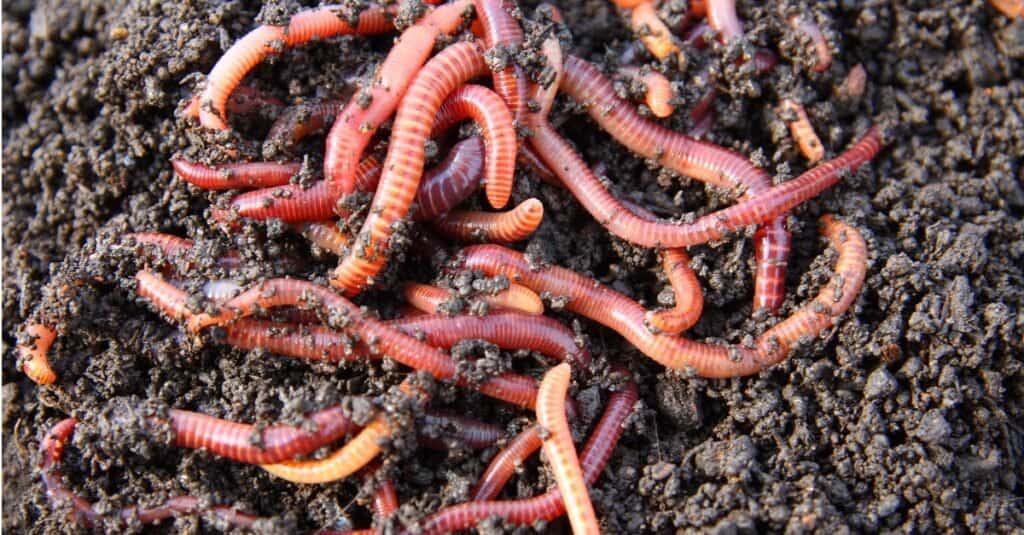
©iStock.com/Mik122
Ringed worms and segmented worms are members of the Phylum Annelida. Earthworms are the best example of decomposers because they live inside the soil and are easy to find, especially after it rains. Their vast diet allows them to break down plant matter, dead matter, and bacteria, fungi, and other microorganisms. With their diet including smaller decomposers, they have a unique role in the food chain and the ecosystem.
#8: Fungi
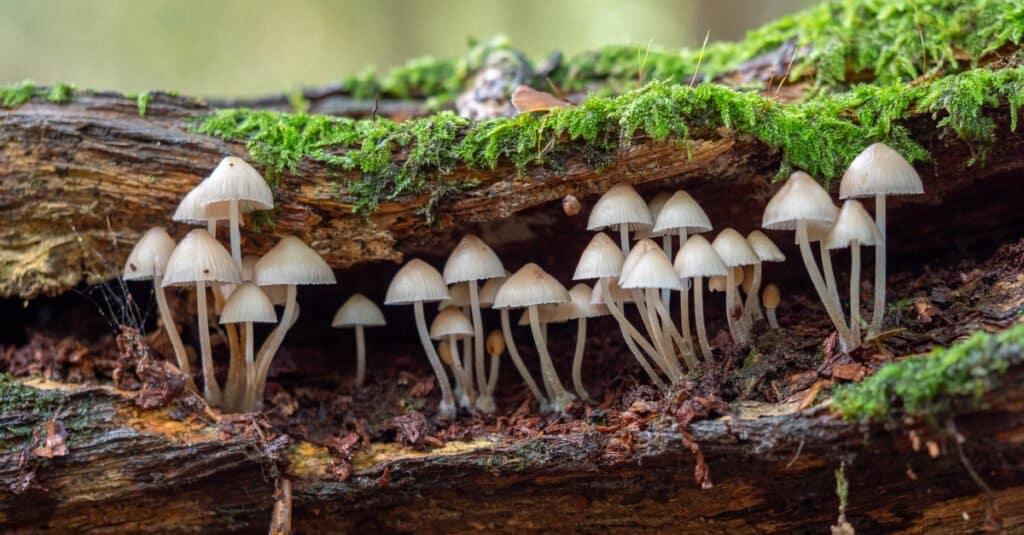
©Stephan Morris/Shutterstock.com
Fungi have their classification, with a unique kingdom that includes yeast, molds, and mushrooms. These eukaryotic organisms, which have cell nuclei enclosed by nuclear envelopes, are different from bacteria, plants, animals, and certain protists. They can be single or multi-celled. Their habitat is in soil and dead matter. When bread goes stale and grows penicillium mold, that is the basis for the antibiotic penicillin, which is purified from its base form. Some molds are pests or can serve as biocontrol for pests and invasive plants. Yeast is used for leavening bread and fermenting food products. The fermentation process converts carbohydrates or sugars to organic acids or alcohol under oxygen-free (anaerobic) conditions.
#7: Microscopic organisms
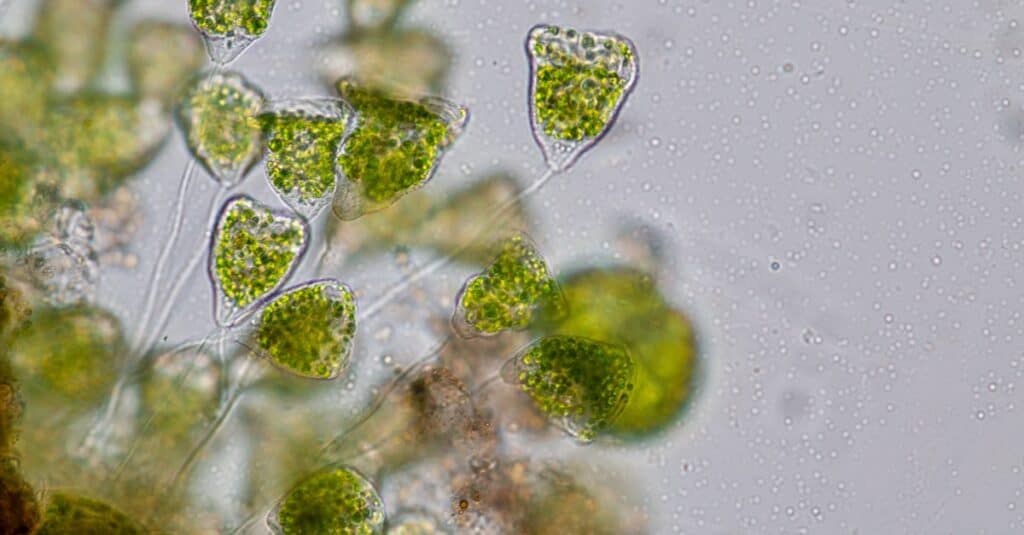
©iStock.com/Sinhyu
Protozoa and bacteria are the main microorganisms that play a key role as animal decomposers. They are microscopic. Protozoa, slime molds (also called fungus-like Protista), and algae are eukaryotic and belong to the kingdom Protista, while bacteria belong to the kingdom Monera. Protista includes all organisms that are not plants, animals, or fungi.
However, not all protozoa are decomposers. The giant amoeba is an example of one that is. Not all protists are decomposers, either, unless they feed on dead matter. Protists generally feed off bacteria, microfungi, and unicellular algae, helping to control both organic and chemical pollution. Bacteria, on the other hand, are used to ferment dairy, meat, and other foods, and create sour foods such as yogurt and sauerkraut. In normal conditions with exposure to air, however, bacteria rot organic matter or dead matter and make it rancid.
#6: Fly Larvae
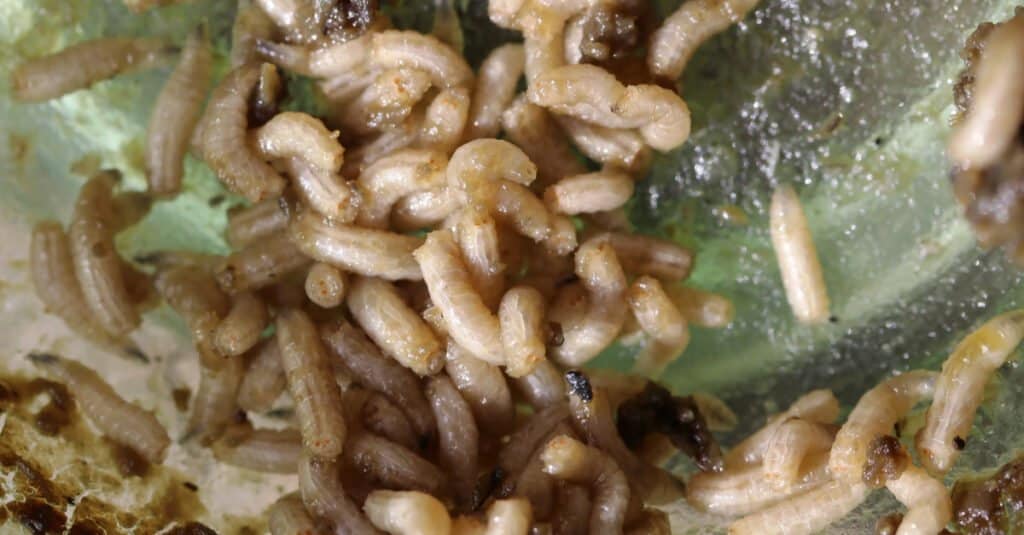
©Astrid Gast/Shutterstock.com
Fly larvae, also known as maggots, are voracious devourers of dead matter and rotting matter. The mother lays the eggs in the dead matter or rotting matter for the larvae to have as a food source. After the eggs hatch, the larvae feed for about five days and then find a dark, dry location to develop into their pupal phase. When feeding on dead matter, they liquefy the tissues and prepare them for bacteria.
#5: Millipedes
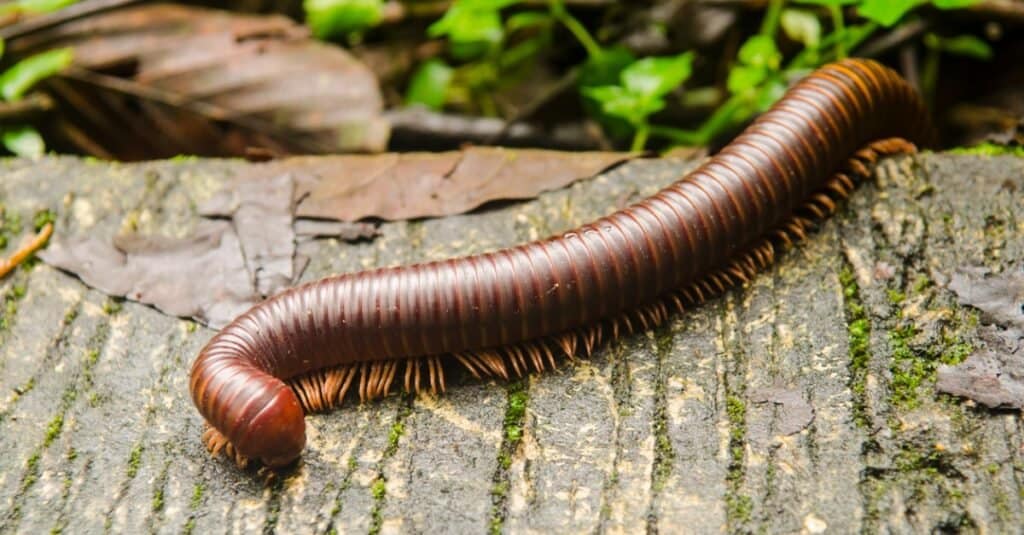
©iStock.com/greenleaf123
Most of us are familiar with centipedes. Millipedes are arthropods that feed on dead matter, unlike centipedes, which are predators and feed on insects and other smaller arthropods. Millipede” means “a thousand legs” and “centipede” means “a hundred legs.
#4: Termites
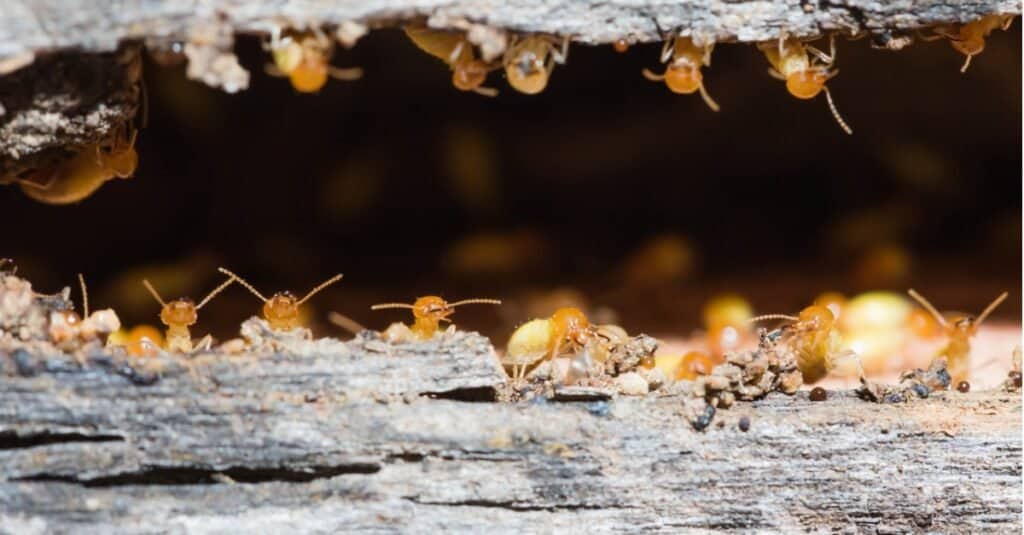
©iStock.com/chyball
The pests known as termites break down decaying and deadwood. How do they do it? Inside their stomachs, they have protozoa, which can break down cellulose into digestible sugar. Inside these protozoa, which are protists, live beneficial bacteria that work in the metabolic process. Newborn termites get protozoa by eating the feces of older termites.
#3: Sowbugs
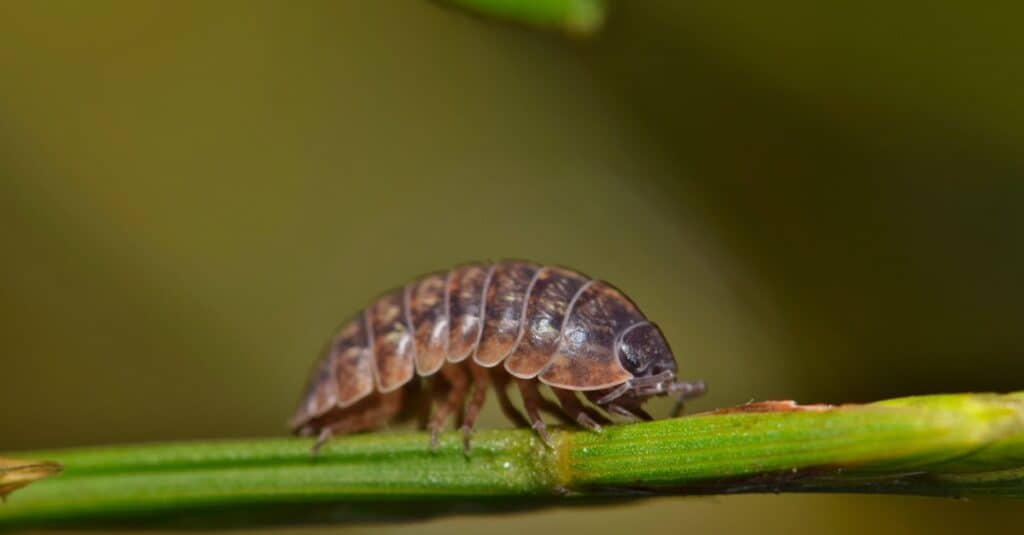
©iStock.com/Brett_Hondow
Sowbugs, as well as pillbugs, have a diet of dead matter, namely decaying and dead vegetation and compost. What makes them different is that sowbugs cannot roll into a ball and have two tail-like, small appendages on their ends. Both are terrestrial crustaceans, also called isopods. Sowbugs are also called woodlice and are pests inside moist, cold places of the home.
#2: Beetles
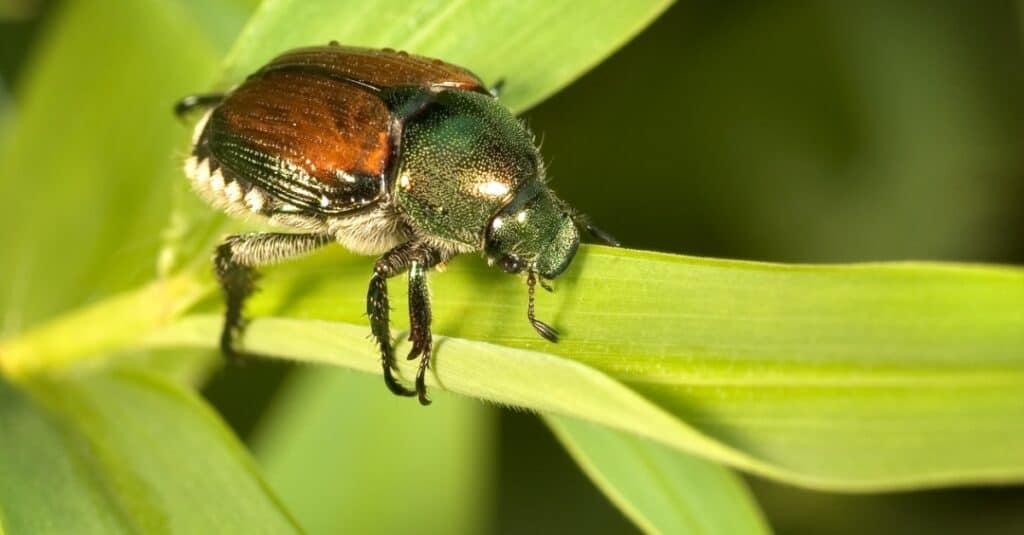
©iStock.com/WebSubstance
Beetles, particularly carrion beetles, eat the dead matter of other organisms and excrete organic pellets, which serve as fertilizer for plants. They break down the dead matter for them to be small enough pieces that can return to the ecosystem, namely in their feces. Beetles also remove excrement and create tunnels, which make it easier for other decomposers to feed.
#1: Slugs
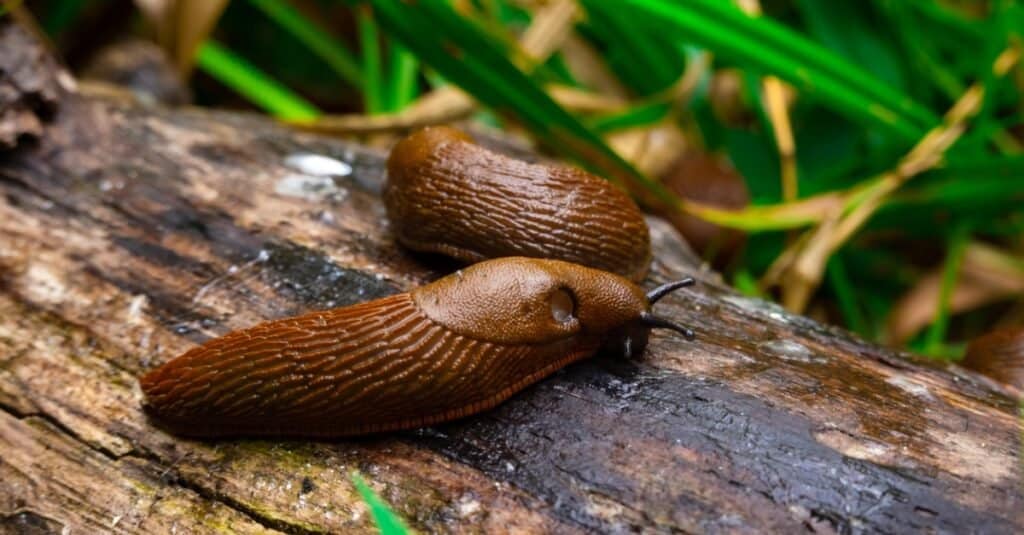
©iStock.com/Ja’Crispy
Slugs are known for being slimy and slow. The word “sluggish” means to be lazy and slow like a slug. But slugs, particularly banana slugs, are important animal decomposers in the ecosystem. These gastropods that look like shell-less snails love damp or moist soil to keep a layer of mucus on their bodies and eat the dead matter of plants, moss, mushroom spores, and animal droppings. Banana slugs are the largest slugs in the United States and are named for their yellow color, although they can also be green, brown, or white, with some sporting brown spots making them look like ripe bananas.
Summary of 9 Animals That Aid Decomposition
Without decomposers, our world would be covered in slowly decaying bodies and vegetation. While the idea of maggots may seem disgusting, they perform an essential duty. Without a diverse and healthy clean-up crew, plants and all of the animals that feed on them, could not survive. These are the nine decomposers covered in this article:
| Rank | Species |
|---|---|
| 1. | Slugs |
| 2. | Beetles |
| 3. | Sowbugs |
| 4. | Termites |
| 5. | Millipedes |
| 6. | Fly Larvae |
| 7. | Microscopic organisms |
| 8. | Fungi |
| 9. | Worms |
The photo featured at the top of this post is © iStock.com/Rachel Miller
Thank you for reading! Have some feedback for us? Contact the AZ Animals editorial team.






